
Solar inverters have one primary function. They convert the DC (Direct Current) generated by the solar panels into AC (Alternating Current) that our electrical appliances use. However, with the advancements in technology, the manner in which inverters perform this task has evolved.
Now, two types of inverter technologies are available in the market: String and Micro inverter. Let’s explore how they work and whether one is better than the other.
String Inverter

String Inverters are the low-cost option when it comes to inverters. When using a string inverter, all the energy from your solar panels travels to a single source, where it gets converted into AC.
These large inverters get installed next to the utility meter. It is approximately the size of a wall-mounted water heater.
These types of inverters are best for solar systems that receive full sun and have panels mounted in one large grouping. String inverters convert the total energy based on the lowest-performing panel.
So, all panels must generate at similar levels for the most energy to be gained from the system. If one panel is 30% shaded, you will only receive 70% of your total system’s possible production.
Advantages:
1. Lower cost- String inverters are relatively cheaper to install in comparison to microinverters.
2. Higher Reliability: These types of inverters have been around for years now. As a result, there is a certain amount of trust associated with string inverters. They are considered the most reliable solutions.
3. Simple installation & Easy to Troubleshoot: Unlike microinverters, string inverters are not installed with every panel. One device converts the DC from panels to usable AC. This makes installations simple and troubleshooting easy.
Disadvantages:
1. Reduced Efficiency in Shading: In a string inverter, the lowest-performing panel dictates the production of the entire system. One shaded panel would reduce the output of all the panels connected on the same string.
2. Frequent Replacements: String inverters need to be replaced every 10 to 15 years, adding to the cost of the overall system.
3. No panel-level monitoring feature: String inverters monitor the generation of the entire solar power system. If there is a fault in one of the panels, it is difficult to detect the issue quickly in these types of inverters.
4. Expandability Affected- String inverters work best at their peak capacities. This becomes an issue when someone wants to expand their system. In such a case, one will have to buy a higher-power inverter, which further increases the cost of the system.
Micro-Inverter
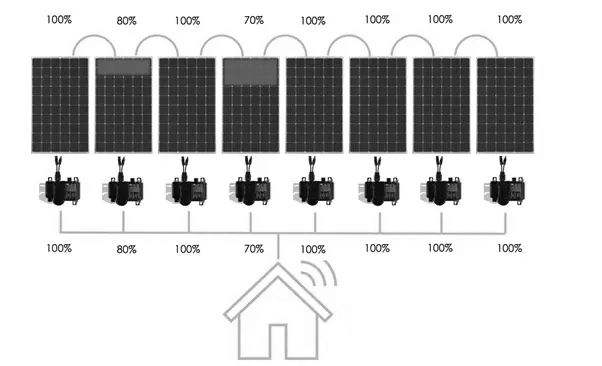
Unlike string inverters, micro inverter are much smaller and are placed on the back of each solar panel. They convert each panel’s DC to AC at the source of creation. Each microinverter works independently from the rest of the panels, converting the amount of energy that each solar panel is generating.
Micro inverter tend to cost a bit more. But they are more efficient in extracting the most energy out of the system. Microinverters will be a better option in situations where the panels will be affected by shading or when they need to be facing different directions on the roof.
Advantages:
1. Module Level Monitoring: Since microinverters get mounted under each panel, they monitor the generation of each panel as well. Many microinverters are equipped with a remote monitoring feature that allows users to check the power output of individual panels.
2. No Single Point of Failure: A micro-inverter failure will only stop the production of electricity from the panel it gets fitted to. The output of the entire string remains unaffected.
3. Expandable: An installed system can easily be expanded with a micro-inverter solution. So, if you’re budget-constrained and putting in say, a 3kW system today but want to expand it in the future, microinverters would be the better option.
4. Limited DC Losses: Since microinverters are attached to each panel, the requirement for DC cables gets eliminated. That reduces the chance of DC losses.
5. Flexibility: Microinverters can be installed with all types of panels, regardless of their power output.
6. Longer shelf life: In contrast to the 8-12 years warranty provided with string inverters, microinverters come with a long 25 years warranty.
Disadvantages:
1. Higher cost: The price of microinverters is 10 % to 20% higher than string inverters.
2. Newer Technology: These types of inverters are relatively new to the market. They have not been tested in the field for many years to provide reliable long-term performance data. Because of this, it is argued that there may be risks of failure of solar panels after several years under heat.
String Inverters vs Microinverters: Which is Better?
Micro inverter and string inverters both have their strengths and weaknesses. String inverters, as a cheaper solution, will in most cases be the best option when there are no shading issues and several panels can be installed facing the same direction on the same roof surface.
Microinverters, on the other hand, are costlier but much more effective in extracting the maximum energy from solar panels. With their module-level monitoring feature, they allow consumers to check how much energy each panel is generating and troubleshoot in case of minor issues. But we would not label one type of inverter as better than the other. The right inverter for you will depend on your expectations from your solar power system.
CUSTOM-DESIGNED SOLAR ENERGY SYSTEMS
Ornate Solar is a leading distributor of solar panels, inverters, and solar accessories in India. We are the official partners of Fronius, SolarEdge & Havells inverters, and Enphase microinverters.
Ornate Solar is also a trusted BESS manufacturer company in India. We have developed UnityESS, an advanced energy storage solution to provide reliable power and energy independence.
If you are exploring microinverters or string inverters, reach out to us at 1800 2026 252 or email info@ornatesolar.com to get the best prices and pan-India delivery.
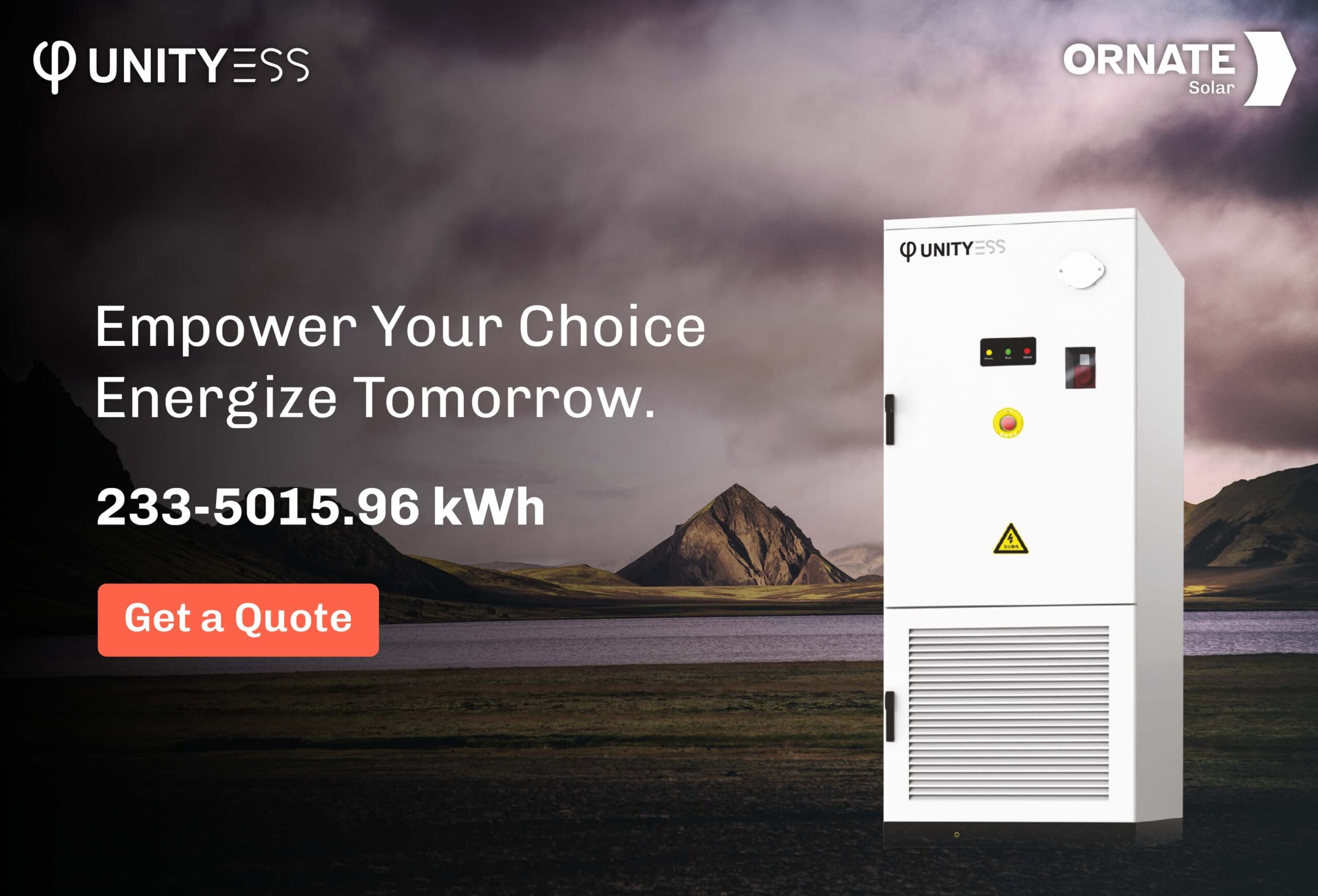


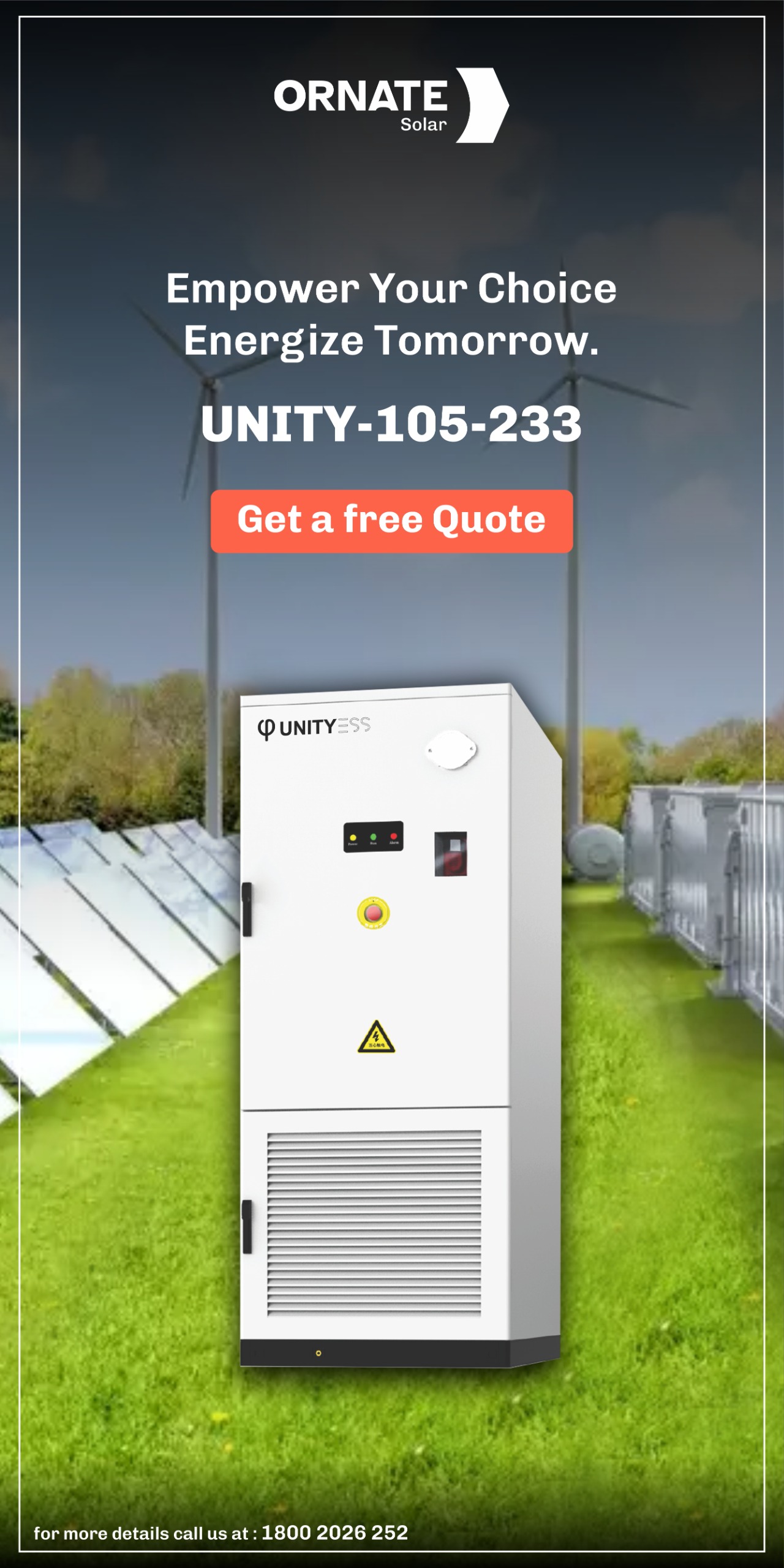

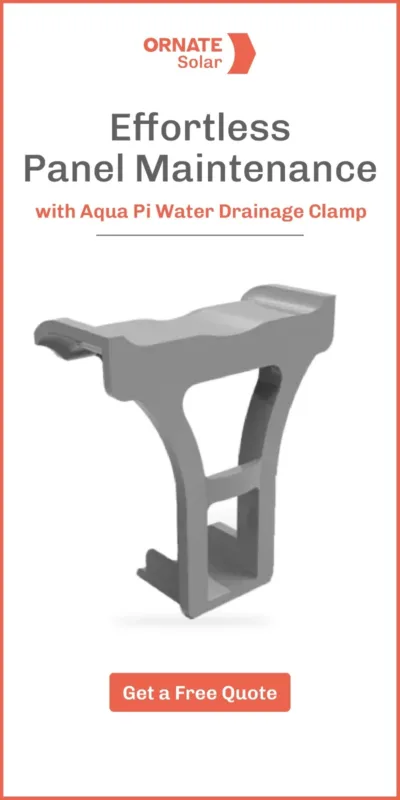




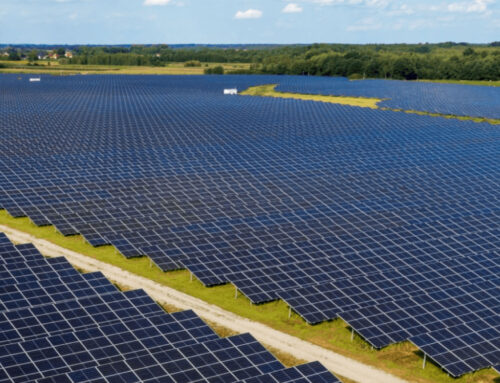


hi
i have a question if our module which is connected to en-phase microinverter fails to give proper output after one year of installation than what are the possible causes for the module low Voc failure?
It will be very helpful from your side .
Ashish kumar
Hello Ashish, thank you for connecting with us. Kindly share your contact details, and our sales representative will help you better.
Also, you can get in touch with us @ 011-4353 6666